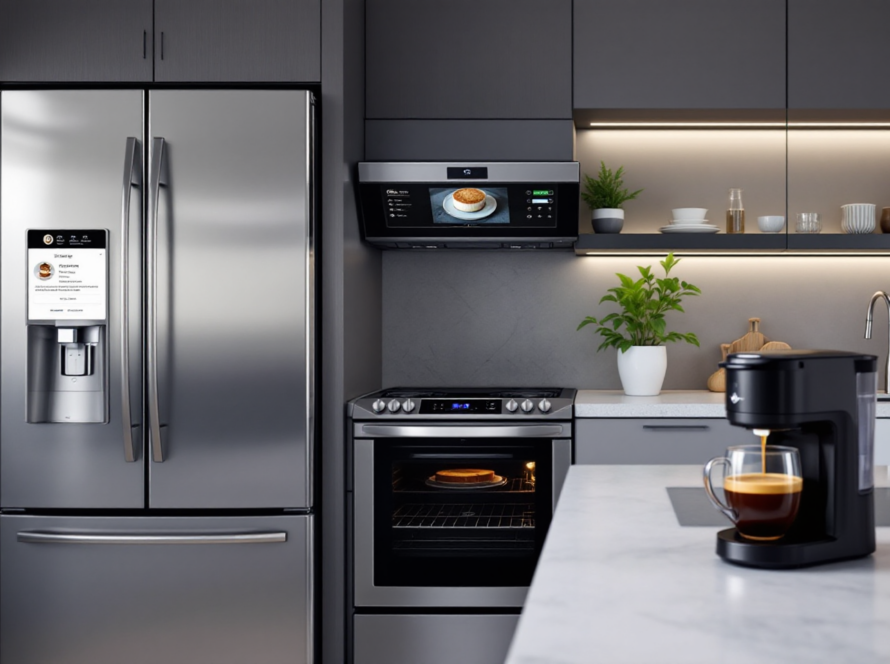Let’s be real—kitchen and bathroom remodels get a lot of airtime on TV and social media. But while transformations look magical in a 30-second TikTok, reality has a longer runtime. Unfortunately, many homeowners still fall for outdated or flat-out false information that could cost them serious time and money.
This blog aims to do one thing: call BS on the most common kitchen and bathroom remodeling myths and give you the truth so you can make smarter decisions from demo to dazzling finish.
TLDR – Quick Guide
Top remodeling myths debunked:
- DIY is always cheaper
- Permits are optional
- Remodeling adds instant resale value
- Bigger budgets = better results
- Trends guarantee higher ROI
- Remodels always go over budget
- You only need a contractor, not a designer
Smart move: Make decisions based on real timelines, costs, and design logic—not hearsay or Pinterest hype.
Detailed Breakdown: Busted Myths That Might Cost You
1. Myth: DIY Is Always Cheaper
Truth: Sometimes, doing it yourself means paying twice—once for your mistakes, and again to hire a pro to fix them.
Tackling simple jobs like painting or hardware swaps? Go for it. But attempting plumbing or electrical work without the know-how can lead to code violations, safety issues, and expensive damage.
Here’s when you should absolutely call in the pros.
2. Myth: You Don’t Need a Permit for Small Projects
Truth: Even a “small” remodel can trigger permitting requirements, especially if walls, plumbing, or electricity are involved.
Skipping permits might save you time now, but it can delay resale, incur fines, or force you to redo non-compliant work later. Always check with your local building department first.
3. Myth: Remodeling Always Increases Home Value
Truth: While some upgrades do boost value, others barely break even.
According to the latest Cost vs. Value Report, kitchen remodels recoup 60–70% of their cost on average; bathrooms slightly less. Focus on what makes your life better, not just what looks good on Zillow.
4. Myth: The Bigger the Budget, the Better the Results
Truth: More money doesn’t always mean more style or functionality.
Some of the most impactful upgrades—like reconfiguring layout or adding storage—don’t require splurging. A solid design plan and an experienced team deliver better results than a bloated budget ever could.
5. Myth: You Should Follow the Latest Trends
Truth: Trends fade fast. What looks chic today could look dated in five years.
If resale value matters to you, go for timeless over trendy. Stick with classic palettes, quality materials, and updates that add everyday function.
Need ideas? These timeless kitchen design elements always work.
6. Myth: All Remodels Go Over Budget
Truth: Not true—poor planning is what blows up budgets.
With a clear scope of work, signed contract, and 10–20% buffer for the unexpected, staying within budget is very doable. The problem isn’t remodeling—it’s going in blind.
7. Myth: You Only Need a Contractor, Not a Designer
Truth: A contractor builds things. A designer makes sure they look good, function well, and fit your lifestyle.
Skipping a designer can lead to layout inefficiencies or aesthetic mismatches—mistakes that are hard (and costly) to fix once construction starts.
Key Takeaways
- Don’t DIY blindly. Know your limits and call a pro when it counts.
- Permits protect you—don’t skip them.
- Not every remodel gives you a high ROI. Focus on improvements you’ll actually use.
- More money ≠ better design. Planning beats splurging.
- Trendy isn’t always smart. Timeless pays off long-term.
- With proper planning, you can stay on budget.
- A good designer is a worthwhile investment, not an optional extra.
FAQs
1. Should I hire both a contractor and a designer?
Yes. A contractor executes the work, while a designer ensures it meets your vision and functions well. Many remodeling failures stem from skipping the design phase.
2. Is it worth remodeling before selling my home?
It depends on your market and the condition of your home. Minor kitchen and bath updates can help sell faster, but don’t expect to recoup every dollar.
3. How can I tell if a trend will last?
Look for design elements that have stuck around for 10+ years. Neutral palettes, natural materials, and smart storage solutions tend to age well.
4. What’s the average ROI for a kitchen or bath remodel?
Kitchens typically return 60–70% of their cost; bathrooms slightly less. However, ROI varies by location, quality, and buyer preferences.
5. What’s the best way to stay on budget?
Define your scope, finalize your design, get fixed-bid quotes, and add a 1


